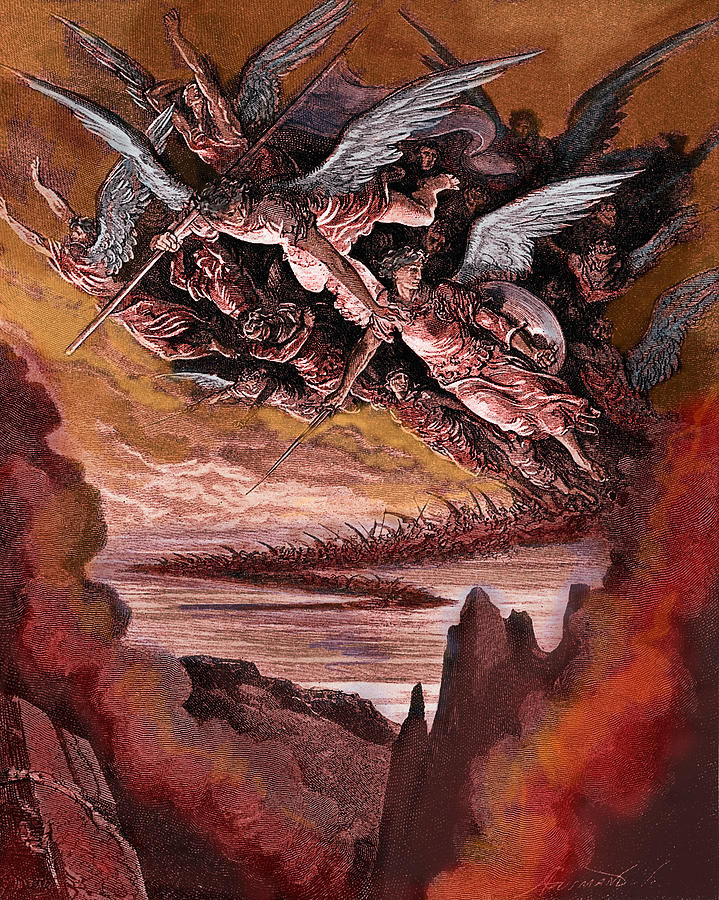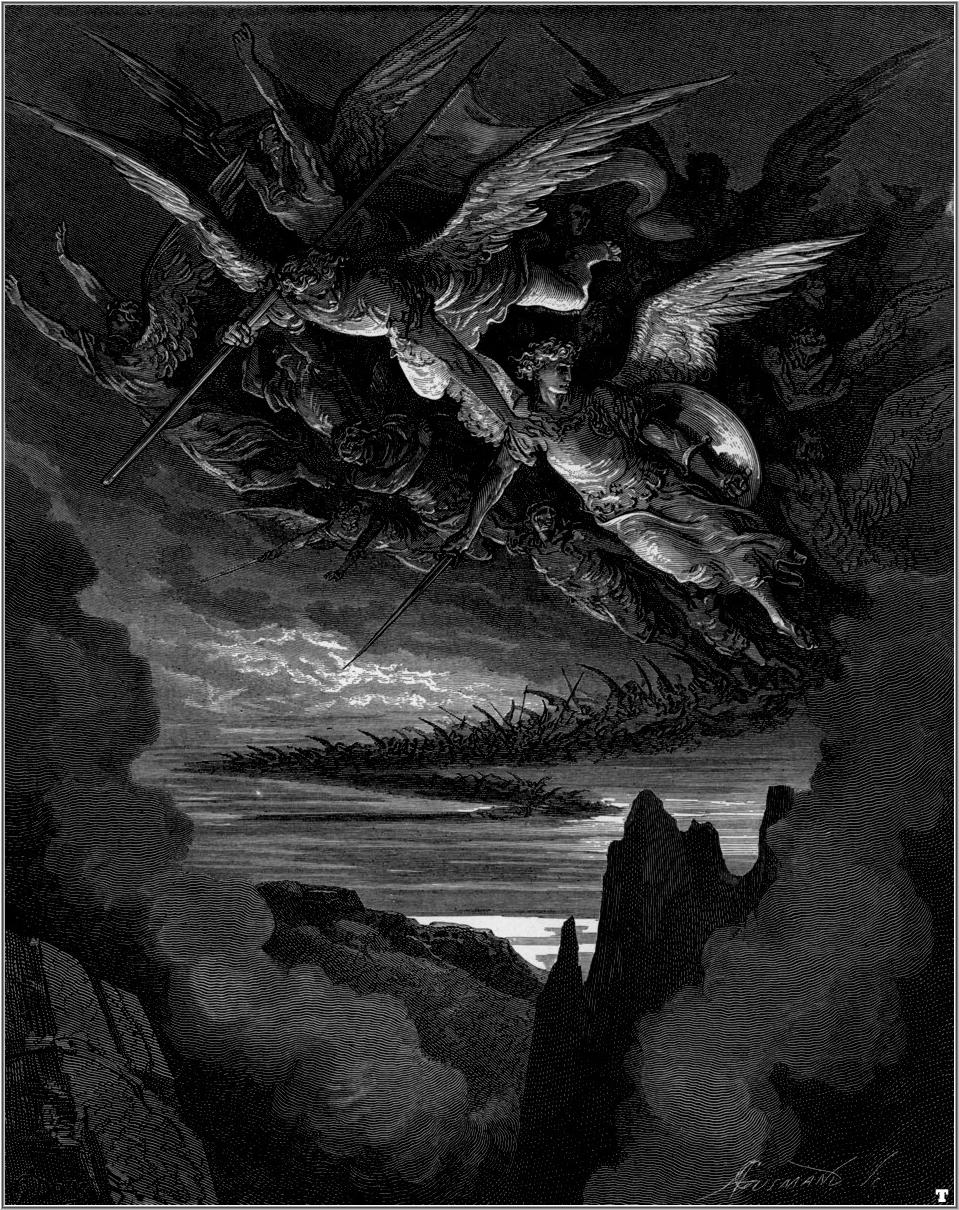

Of the artist's skill and the poet's vivid visual imagination.Īs one critic wrote in 1861 upon publication of the illustrated Were considered among his crowning achievements– a perfect match Of Michelangelesque nudes, northern traditions of sublime landscape,Īnd elements of popular culture, Doré's Dante illustrations Of Doré's literary series, few enjoyed as great a success asĬommedia illustrations. Subsequently, Doré's Dante illustrations appeared in roughly 200 editions, with translationsįrom the poet's original Italian available in multiple languages. The Inferno, Hachette published Purgatorio and Paradiso in 1868 as a single volume. Buoyed by the popularity of Doré's edition of The production was an immediate artistic and commercial success. Masterpieces of literature reflects the extent to which Dante hadĪttained popular appeal in France by the 1860s.įinding it difficult to secure a publisher willing to take on theĮxpense of producing the expensive folio edition the artist envisioned, Doré himself financed the publication of the firstīook of the series, Inferno, in 1861.
#Gustave dore paradise lost series
Interest in Dante was confined to the episodes of Paolo and Francesca (Inf.5) and Ugolino (Inf.33), the 19th century saw an expansion of interest in Dante's work which resulted in numerous translations of the Commedia intoįrench, critical studies,newspapers, and specialized journals, and over 200 works of painting and sculpture between 1800-1930.ĭoré's choice of Dante'sInferno as the first of his proposed series of illustrated Placement of Dante's Commedia at the top of this list reflects the poet's popularity within mainstream French culture by the 1850s. Series he referred to as the "chefs-d'oeuvre de la littérature." InĪddition to Dante, Doré's list of illustrated great works included Homer, Ossian, Byron, Goethe, Racine, and Corneille.


Planned by Doré as early as 1855, the Dante illustrations were the first in a Gustave Doré's (1832-1883) illustrations and Dante's Divine Comedy have become so intimately connected that even today, nearly 150 years after their initial publication, the artist's rendering of the poet's text still determines our vision of the Commedia.


 0 kommentar(er)
0 kommentar(er)
